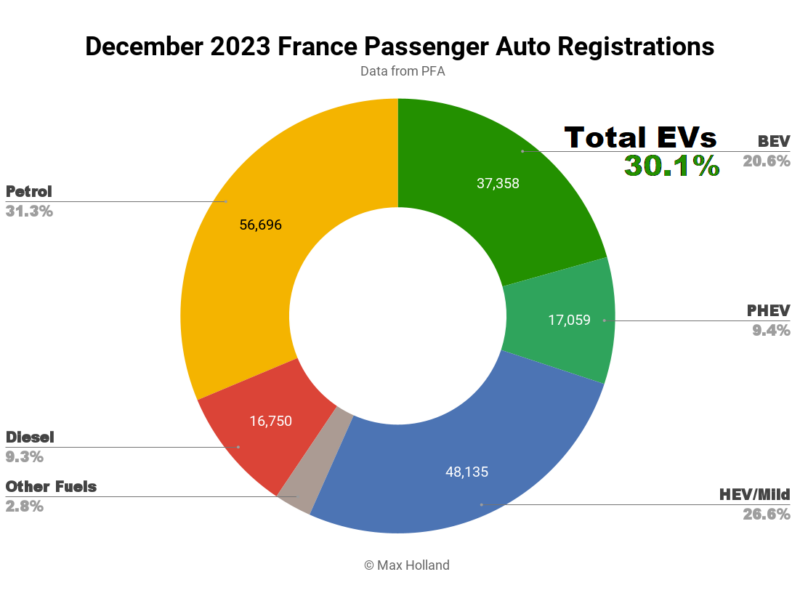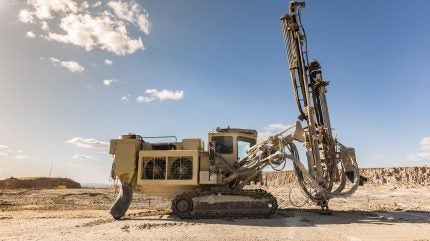With the World Mining Congress (WMC) set to wrap-up tomorrow, major miners have taken the opportunity to discuss key issues within the sector.
Emeritus Professor Mike Hood, mining and technology expert and chair of the program committee for the WMC 2023, took to the stage to discuss decarbonisation efforts.
“Mining companies are actually all well engaged in using and improving existing technologies to reduce their emissions,” he said. “Other players in the value chain, such as steel and cement companies, are developing, adapting and demonstrating new technologies for these downstream industries.
“The congress program offers multiple opportunities to learn about these developments, so that we can better understand the progress being made towards emissions reduction.”
Professor Anna Littleboy, from the University of Queensland, introduced the environmental and sustainability talks and said there is a clash between the need for critical minerals to make the materials, equipment, and technologies to deliver net-zero emissions and the timelines required to implement responsible mining practices.
“The volume of minerals we need for this transition is absolutely massive. It takes 25 years, on average, from finding a new deposit to getting it opened. So we will be at 2050 before we know it,” she said.
“On one hand, we are working to accelerate our minerals production to meet our commitments to net zero. On the other hand, we are tightening up our awareness of, and concerns about managing environmental, social and governance (ESG) performance issues.
“We need to act, fast, on a global scale to meet climate change reduction commitments. But we must also ensure that at a local scale we don’t end up with worse environmental and social practices.”
Sustainability was also a major focus for the University of Queensland (UQ), with researchers from UQ’s Sustainable Minerals Institute, Faculty of Engineering, Architecture and Information Technology and Faculty of Science delivering 40 presentations over the four days.
“Few other places in the world face the scale of challenges and opportunities as Queensland – we have the critical resources such as nickel, cobalt, copper and aluminium needed to transition to net zero carbon emissions by 2050,” UQ vice-chancellor Professor Deborah Terry said.
“We estimate that to reach the net-zero commitment, Australia’s workforce in the energy sector will expand from 100,000 to around 800,000 people by 2060 and it is the role of universities to help meet this.
“We are already reskilling and upskilling the existing mining workforce and would like to help mining and metallurgical companies with the capabilities they’ll need to supply the renewable energy sector.”
Elsewhere at the conference, Bravus Mining and Resources showcased the role Queensland thermal coal will play in the global energy mix.
“It’s great to see the WMC come to Brisbane, which is still Queensland’s biggest mining town, and shine a spotlight on the enormous contribution mining makes to every Australian’s way of life,” Bravus head of community Kate Campbell said.
“The world will need thermal energy, particularly coal-fired energy, to provide an affordable, reliable baseload for decades to come as we bring more renewables online, and that’s good news for regional Queensland and regional Queenslanders.”
This year marks the first time the WMC has been held in Australia in the conference’s 60-year history.




